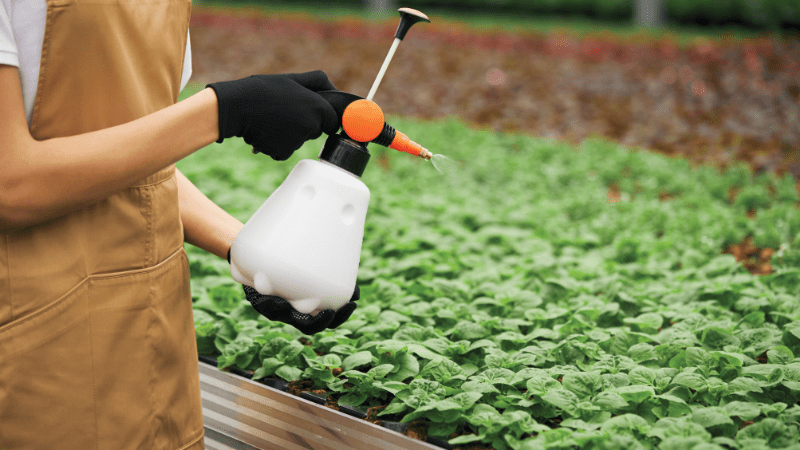
Rotating chemical treatments
Pest control chemistry options are aplenty in the greenhouse industry — they all have different strengths and target insects, weeds and disease. When putting together an integrated pest management (IPM) plan, growers must consider how chemicals interact with each other and their lasting effects on the plants. There are cases when combining chemistry, although it’s meant to increase control, can develop pests’ resistance instead. Avoiding resistance means learning to change your pesticide treatment type or mode of action to avoid the development of mutational resistance and keep the overall pest populations under control.
When pathogens infiltrate a greenhouse and conventional pesticides with the same mode of action are repeatedly applied, they affect the pests the same way making their attack mode predictable and less effective. Over time, this becomes a scenario where the product in use is no longer effective against the target pest and select resistant pathogen strains eventually won’t respond to the treatment at all.
Basically, repeated exposure can develop immunity. Not only does the treatment start to fail, but those pests that survive the treatment will pass on genetic strength creating a new generation of resistant pathogens that can be more difficult to treat.
Conscientious growers know to alternate chemistries to prevent resistant pathogens from proliferating throughout a facility. We recommend products like ZeroTol 2.0 for comprehensive integrated pest management plans; not only for its resistance management abilities but also because of its non-residual and sustainable formulation.
This peroxyacetic acid (PAA) chemistry kills more than twenty different plant pathogens, including the usual suspects: powdery mildew, Botrytis, Xanthomonas and Rhizoctonia. Treating with ZeroTol 2.0 first allows the systemic fungicides in the tank-mix easier access into the plant by eliminating the inoculum on top of the leaf tissue. ZeroTol 2.0 kills on contact so there’s not even a window of opportunity for resistance to develop. We call it the disease disruptor for a reason.
Resistance management means using all the resources available and having the knowledge to tank-mix and rotate chemistry with confidence. Whether tank-mixed or used in rotation as a stand-alone spray to kill mutated pathogens on contact, the PPA chemistry is an integral part of any IPM program. Using it before pathogen emergence creates a more prepared and protected growing operation.









 Video Library
Video Library 


















